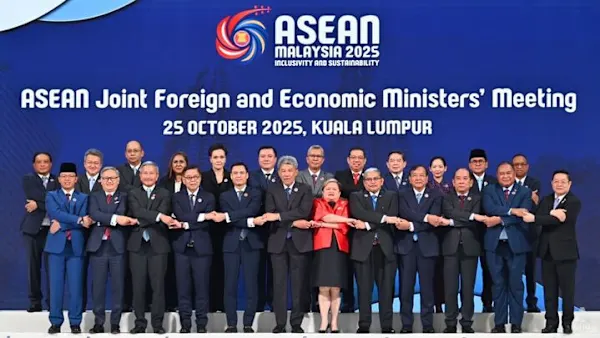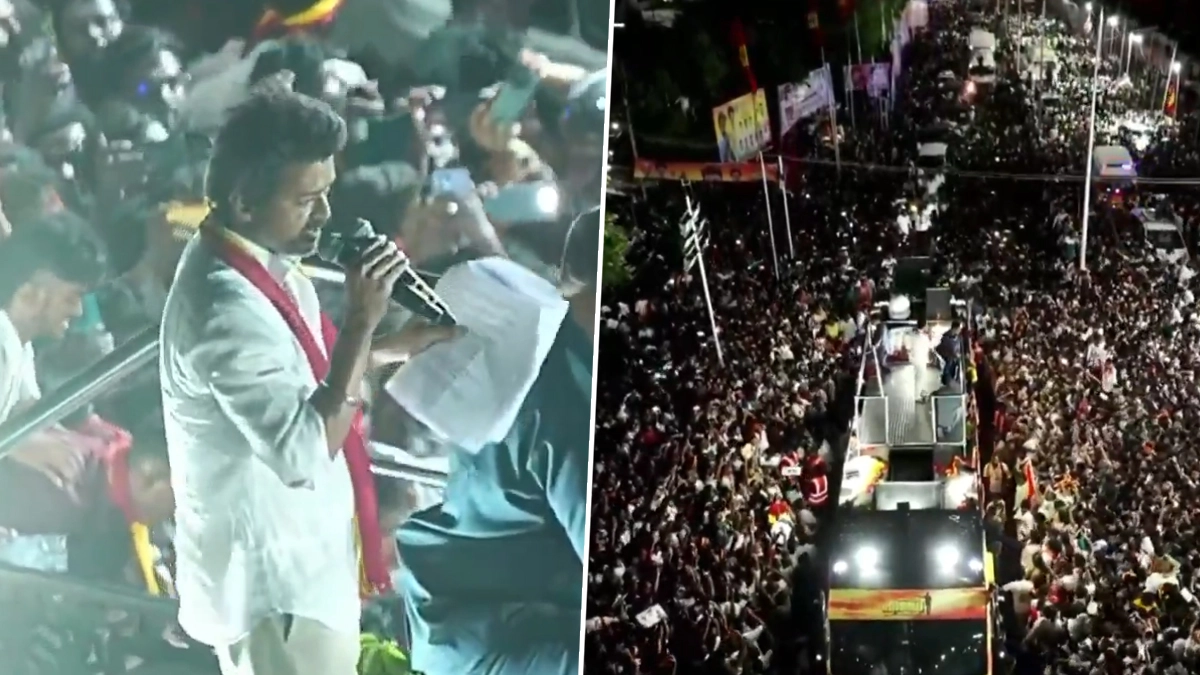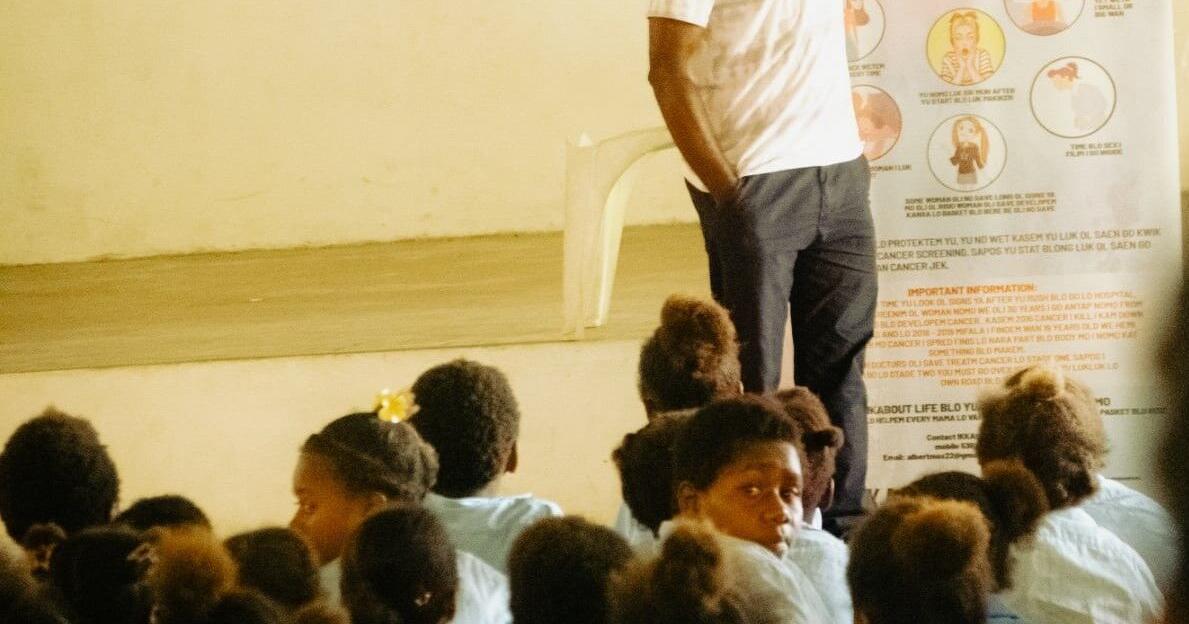Copyright channelnewsasia

The meeting in South Korea will be the first between Trump and Xi since the start of Trump’s second term and comes amid renewed friction over tariffs and export controls. In response to China's announcement of new export controls on rare earth minerals, Trump threatened last week to impose a 100 per cent additional tariff on Chinese imports, resulting in a flare-up of trade tensions between the world's two largest economies. Trump has set Nov 1 as a possible date for the additional tariff to go into effect. Based on the latest tariff numbers, the US has imposed a 55 per cent levy on Chinese imports, as announced by Trump in June. Meanwhile, Chinese duties on US imports stand at over 10 per cent, as announced in May. However, there is still a chance that the numbers could be much larger, threatening trade between both countries. The US had earlier announced a 145 per cent tax on Chinese goods while the Chinese tariffs on US goods were set to hit 125 per cent, but both countries extended a tariff truce until Nov 10 as discussions continue. Besides China, the Trump administration has also imposed tariff rates on ASEAN member states, ranging from 10 per cent for Singapore to as high as 40 per cent for Myanmar and Laos. Rates for Thailand, Malaysia, Philippines, Indonesia and Cambodia currently stand at 19 per cent, 20 per cent for Vietnam and 23 per cent for Brunei. Analysts told CNA earlier that ASEAN's multi-pronged approach of negotiating for relief and lowering trade barriers has borne fruit. Not only has Trump cut tariffs on most Southeast Asian countries since Liberation Day, he has kept tariffs on semiconductors and electronics off the table – at least for now. The respite gives the region a comparative advantage over other countries like China and India and caps downside risks.



